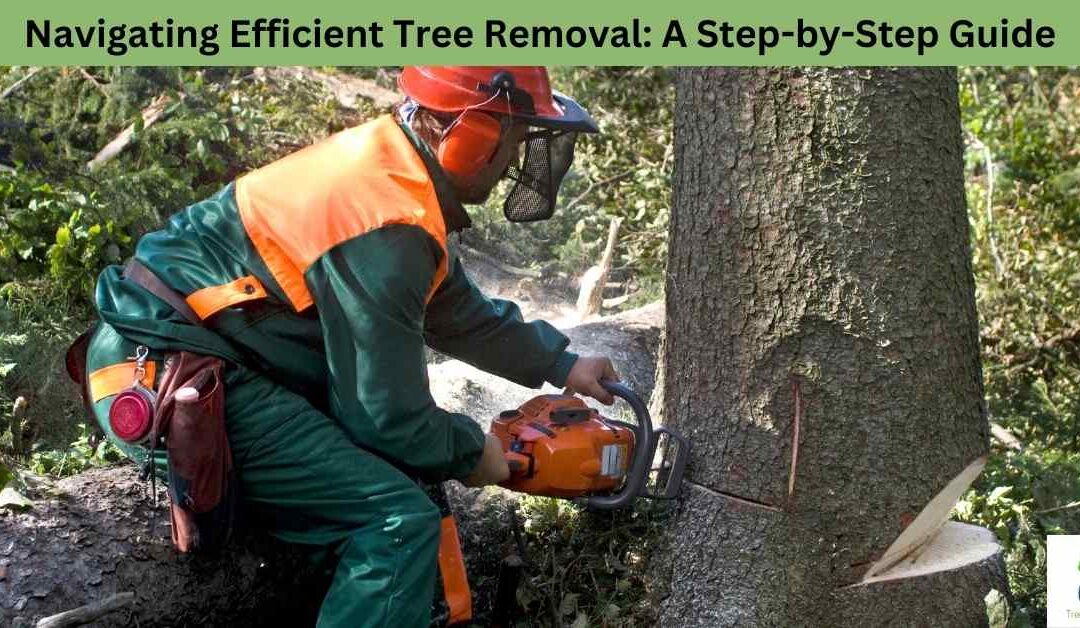Trees, while often cherished for their beauty and environmental contributions, sometimes necessitate removal due to various reasons such as disease, structural instability, or landscaping requirements. Understanding the process of efficient tree removal can alleviate uncertainties and ensure a smooth experience. Here’s a comprehensive step-by-step guide to demystify the process and set realistic expectations.
Step 1: Initial Assessment and Planning
The process typically commences with an initial assessment by certified arborists or tree removal experts. This involves evaluating the tree’s health, size, proximity to structures, and assessing potential risks. They will discuss the reasons for removal, possible alternatives, and provide a cost estimate.
Step 2: Obtaining Necessary Permits
In certain locations, obtaining permits for tree removal might be mandatory. Your chosen tree removal service can assist in navigating local regulations and acquiring the requisite permits before proceeding with the removal process.
Step 3: Preparing the Worksite
Before commencing the removal, the area surrounding the tree will be cleared to ensure a safe working environment. This might involve moving obstacles, securing nearby structures, and establishing safety measures to prevent property damage.
Step 4: Tree Removal Techniques
The chosen tree removal technique largely depends on the tree’s size, location, and potential hazards. Techniques may include straight felling for trees in open spaces, sectional dismantling for confined areas, or crane-assisted removal for larger trees near structures.
Step 5: Cutting and Removal
Once the technique is decided upon, cutting begins. Experienced tree removal professionals strategically dismantle the tree, often starting with the upper branches and working their way down. For large trees, pieces are carefully lowered to the ground to avoid damage.
Step 6: Stump Removal (Optional)
Deciding whether to remove the tree stump is essential. Stump removal might involve grinding the stump down to a manageable level or complete extraction. This decision often depends on future landscaping plans or potential hazards.
Step 7: Debris Cleanup and Disposal
After the tree and stump (if applicable) are removed, the site is meticulously cleaned. Debris, branches, and logs are cleared, and the area is prepared for landscaping or further use. Some tree removal services offer debris removal as part of their service.
Step 8: Final Inspection and Post-Removal Care
The process concludes with a final inspection of the site to ensure everything is in order. Some professionals might offer advice on post-removal care, such as soil treatment or suggestions for replanting if desired.
Conclusion: Ensuring a Seamless Tree Removal Experience
Efficient tree removal involves meticulous planning, expert execution, and thorough site cleanup. By following this step-by-step guide, property owners gain insight into what to expect during the tree removal process, allowing for a smooth and hassle-free experience.
Navigating tree removal might seem daunting, but understanding the step-by-step process can alleviate uncertainties. Engaging certified tree removal professionals ensures a safe and efficient removal experience, leaving properties safe, clean, and ready for future landscaping endeavors.
If you are in Lynbrook, Victoria 3975, and looking for a tree removal service, this is the best way to visit us.
Casey Tree Removal
27 William Rd
Berwick VIC 3806


Recent Comments